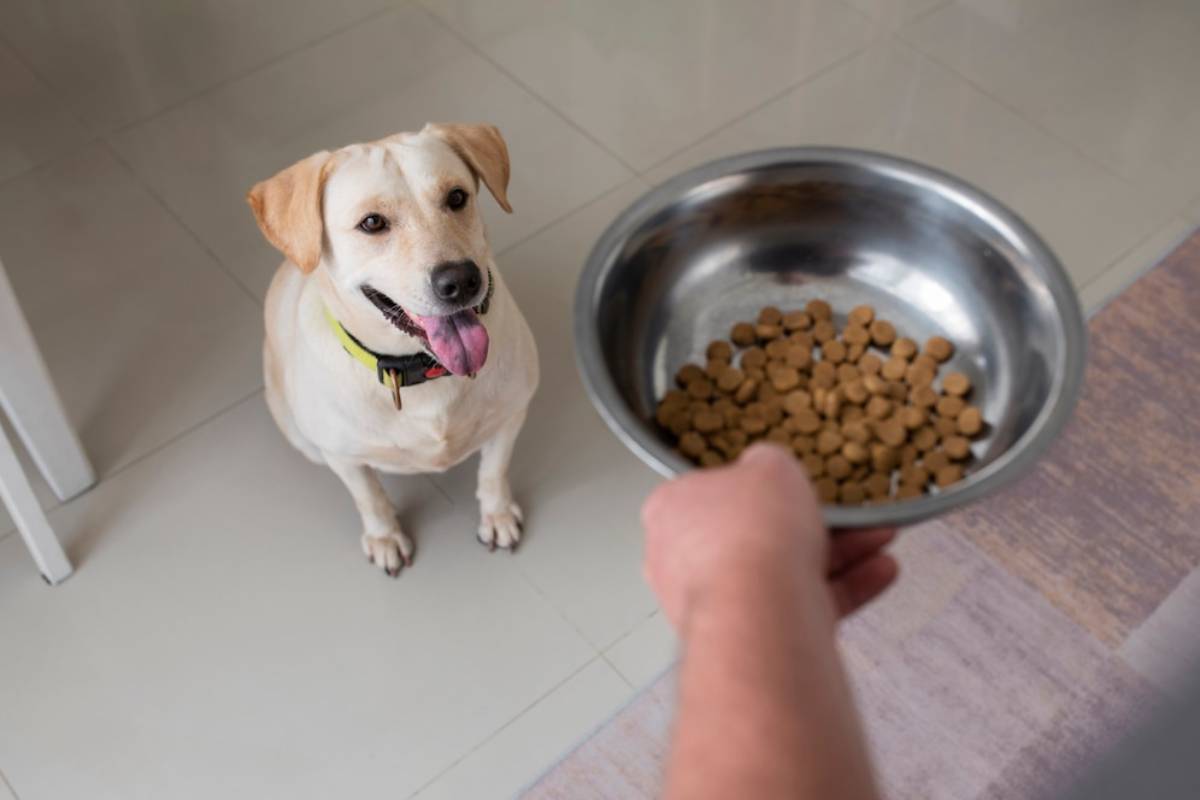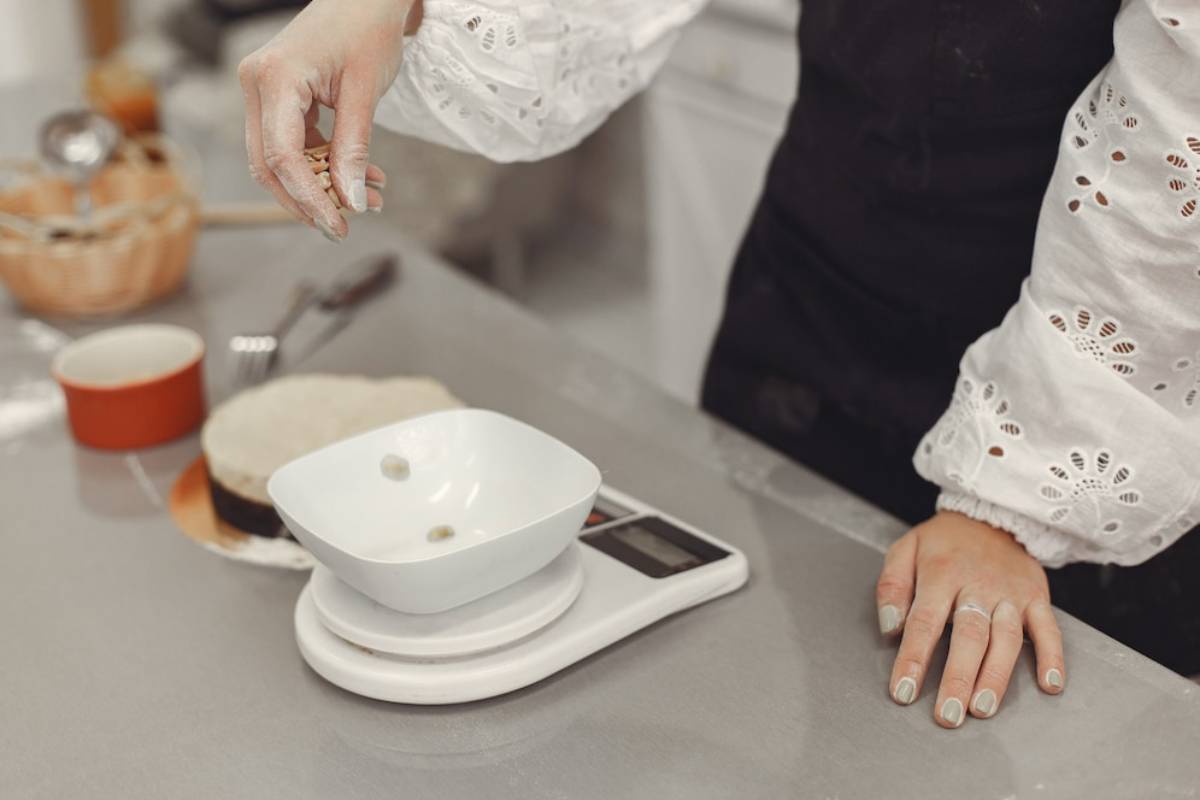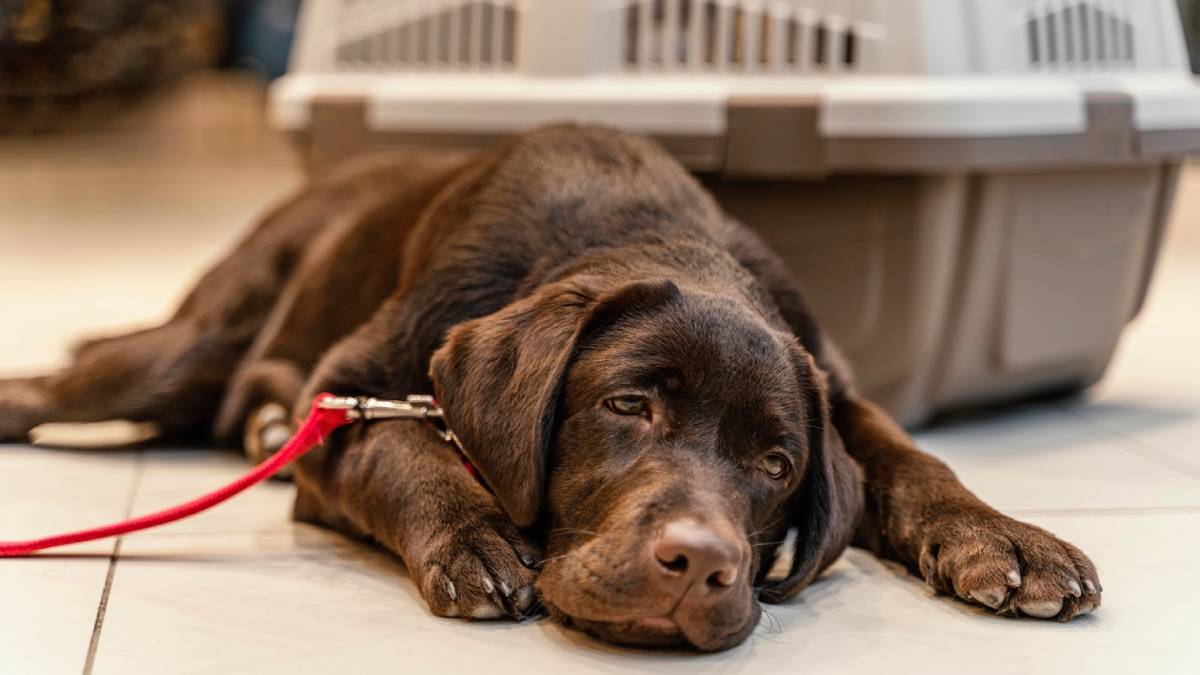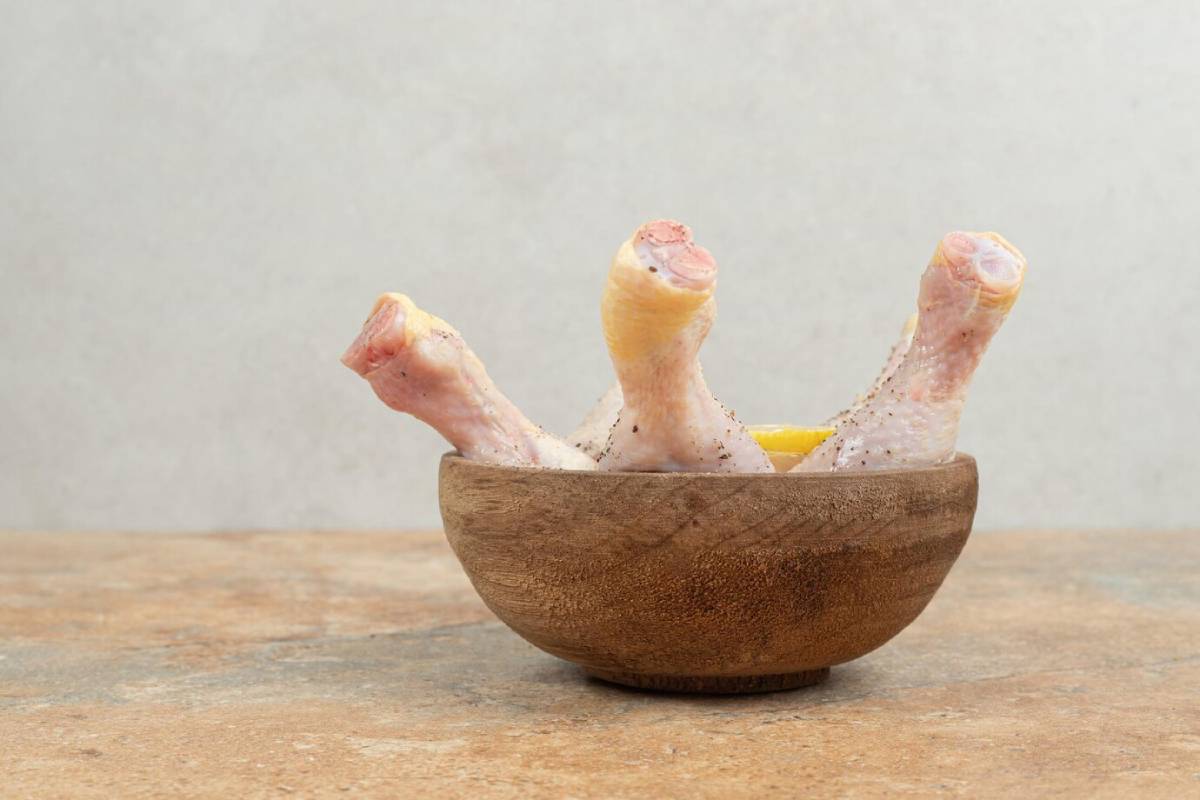
Portion Control: How Much Homemade Food to Feed
When it comes to feeding your dog homemade meals, it can feel like you’re walking a fine line between too much and not enough. You want to nourish your pup with wholesome, homemade goodness, but portion control isn’t always straightforward. Unlike commercial dog food with tidy feeding guidelines on the back of the bag, homemade food requires a bit more thought.
In this guide, we’ll unpack everything you need to know about dog food portion control. From understanding your dog’s unique needs to practical tips for measuring meals, we’ll help you confidently feed your furry friend just the right amount.
Why Portion Control Matters for Dogs

Overfeeding can lead to obesity, digestive issues, and even a shortened lifespan. Underfeeding, on the other hand, can result in nutrient deficiencies and low energy. Getting the balance right is vital for your dog’s health and happiness.
Some of the risks of improper portioning include:
- Weight gain or loss: Affecting joints, energy, and long-term health
- Nutritional imbalance: Even healthy ingredients can fall short if not portioned properly
- Behavioural issues: Hunger can lead to food guarding or begging, while overfeeding may cause lethargy
Know Your Dog: Key Factors That Influence Meal Size
Every dog is different, so there’s no universal answer. To find the right portion size, consider the following factors:
Age and Life Stage
- Puppies require more frequent, higher-calorie meals for growth
- Adult dogs need maintenance-level calories
- Seniors often require fewer calories and easily digestible food
Weight and Body Condition
Use a Body Condition Score (BCS) chart to assess whether your dog is underweight, ideal, or overweight. This will guide whether to increase, maintain, or reduce meal sizes.
Breed and Activity Level
- Active breeds like Border Collies or Huskies burn more calories
- Less active or smaller breeds need fewer calories overall
Health Status
Conditions like diabetes, kidney disease, or allergies require adjusted diets and portions, often under veterinary supervision.
How to Calculate Homemade Dog Food Portions
There are a few methods to help you find a starting point:
1. Calories Per Day Formula
A common baseline is 30 x (dog’s weight in kg) + 70 = daily caloric needs. Adjust based on activity and health.
2. Percentage of Body Weight
Another approach is to feed 2-3% of your dog’s body weight in food per day.
- For example, a 20kg dog would need about 400g to 600g of food daily.
This method works best when meals are nutritionally balanced.
3. Use an Online Calculator
Several vet-recommended calculators can help tailor meal sizes based on multiple variables. Look for calculators based on NRC or AAFCO guidelines.
Measuring Meals: Tools and Techniques
Digital Kitchen Scales

A kitchen scale is one of your best allies. It helps you avoid guesswork and consistently deliver accurate meal sizes.
Meal Prepping
Batch cooking and dividing meals into containers can save time and reduce the temptation to overfeed.
Feeding Schedule
Stick to a regular schedule, usually 2 meals a day for adults, 3-4 for puppies. This helps regulate digestion and appetite.
Portioning by Meal Type
Raw Food Diets
These often follow the 2-3% rule of body weight. But because raw diets can vary in density, it’s even more important to weigh and balance nutrients.
Cooked Homemade Meals
Cooked food can be more calorie-dense or water-heavy depending on ingredients. Aim for consistency in recipes and always adjust for caloric content.
Treats and Snacks
Don’t forget to include treats in your daily calorie count. Training treats, chews, and table scraps (if allowed) all add up.
Signs You Might Be Over- or Underfeeding
Signs of Overfeeding:
- Weight gain
- Loose stools
- Lethargy
Signs of Underfeeding:
- Visible ribs or spine
- Begging or scavenging
- Low energy levels
If you’re unsure, it never hurts to check with your vet. Even a quick weigh-in and chat can point you in the right direction.
Personal Story: When We Got the Balance Right
When I first started cooking for my Labrador, Max, I thought he’d appreciate the abundance of food. But after a few weeks, he started putting on weight and became sluggish. I realised I’d been giving him love in the form of second helpings. Once I started weighing his portions and cutting back on snacks, he bounced back to a healthy weight and had more energy on our walks. It was a learning curve, but well worth it.
Vet Advice: The Importance of Regular Check-ins
Many vets recommend checking your dog’s weight and body condition every 3-6 months. Adjust portion sizes accordingly. Dogs age and change just like us — their diet should evolve with them.
Some experts also recommend routine blood panels for dogs on homemade diets to catch any deficiencies early.
Final Tips for Success
- Keep a food diary to track recipes, portions, and changes
- Stay consistent with feeding times and meal types
- Measure treats to avoid mindless overfeeding
- Consult your vet or a pet nutritionist when in doubt
Wrapping It Up: Feed with Confidence
Homemade food is one of the most loving things you can offer your dog. But it comes with responsibility. Portion control helps you strike the perfect balance between nutrition and indulgence. It ensures your dog thrives, not just survives.
By understanding your dog’s needs, using simple tools, and staying mindful of their health, you can take the guesswork out of feeding time.
Ready to level up your dog’s meals? Share your portioning tips or ask a question in the comments. Don’t forget to subscribe for more insights on homemade dog nutrition!


